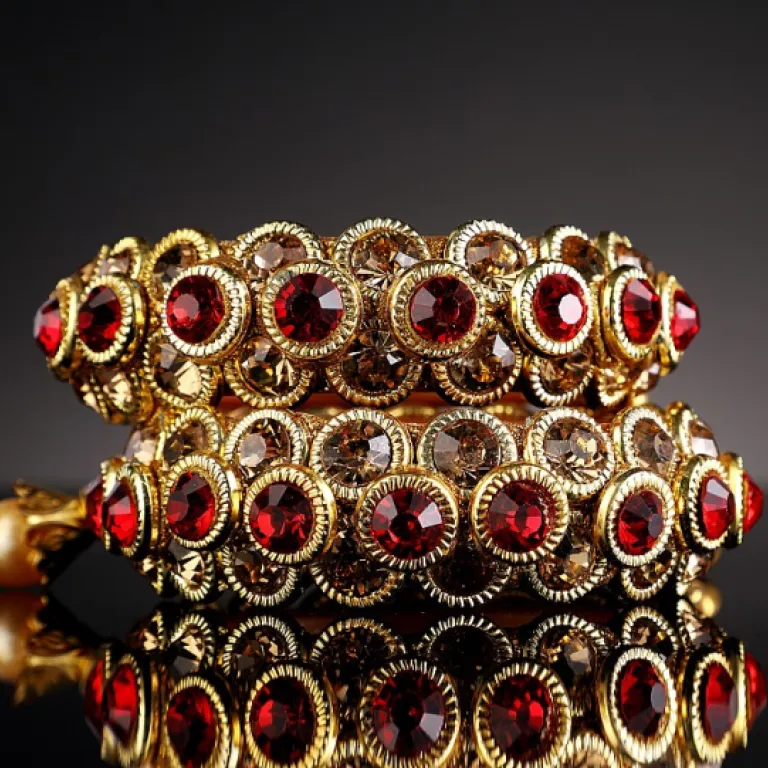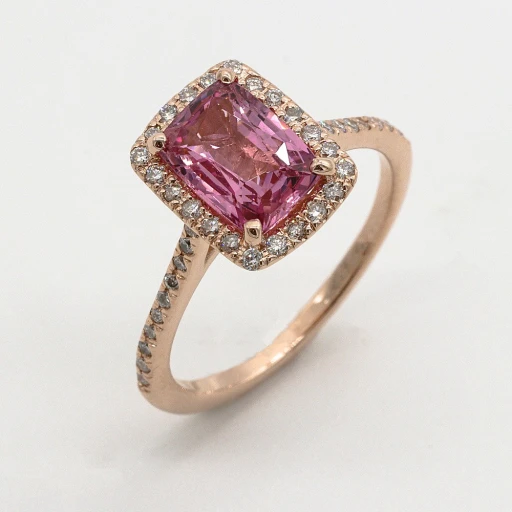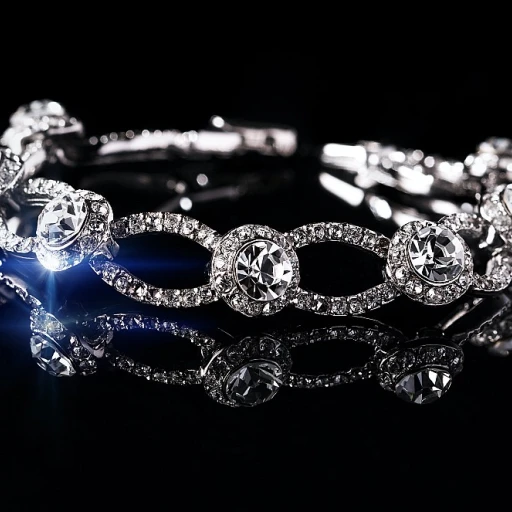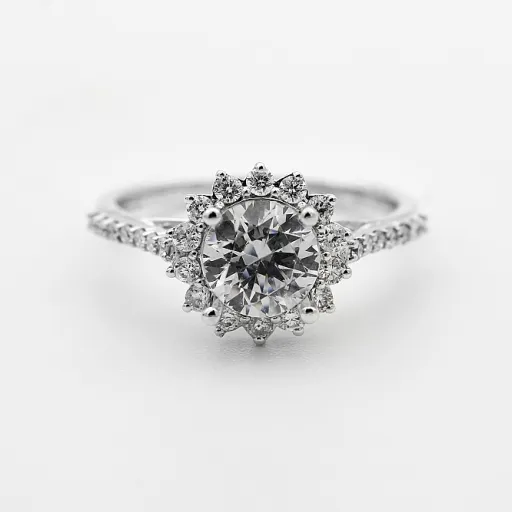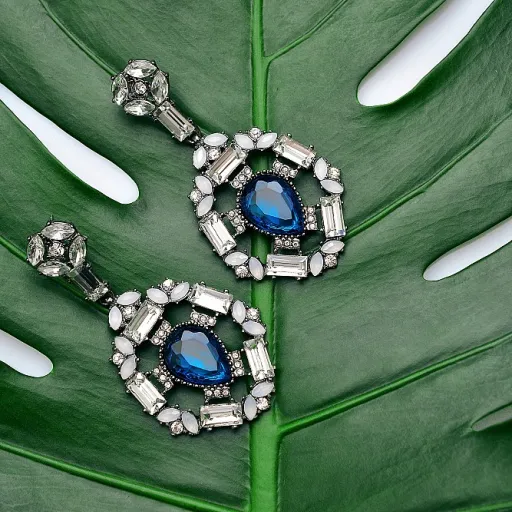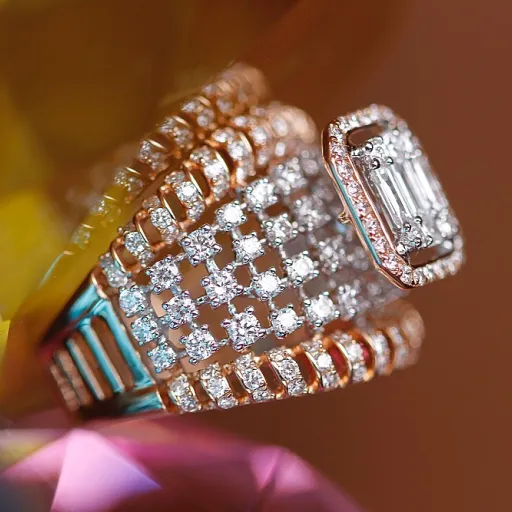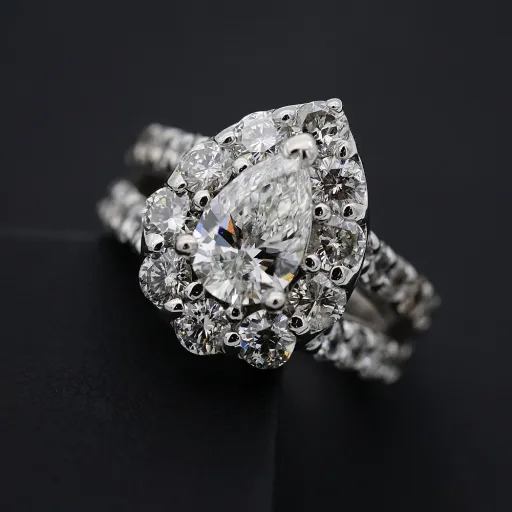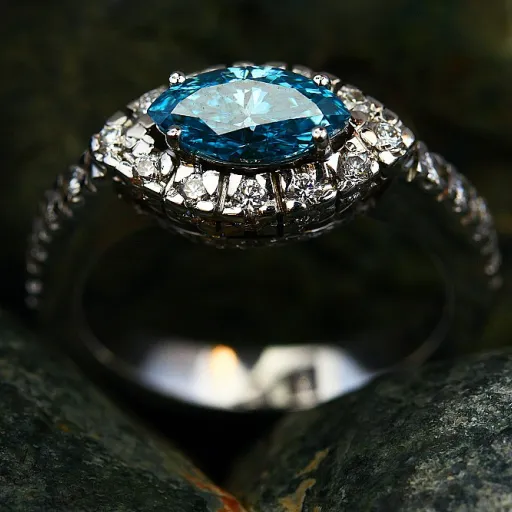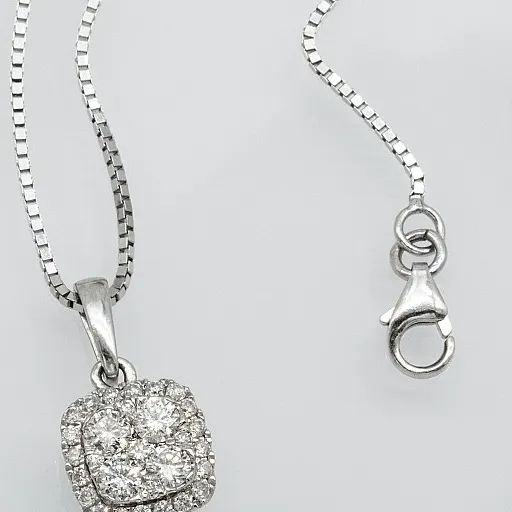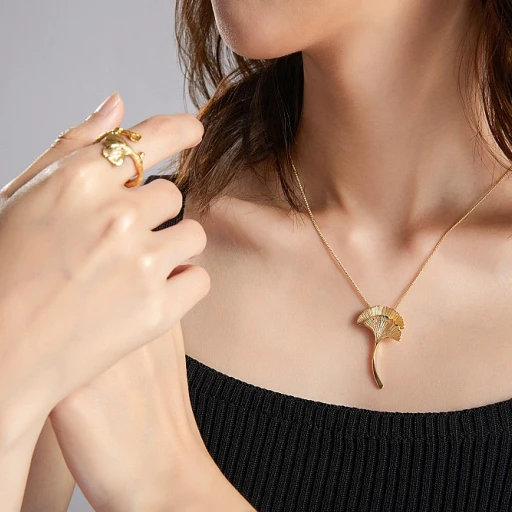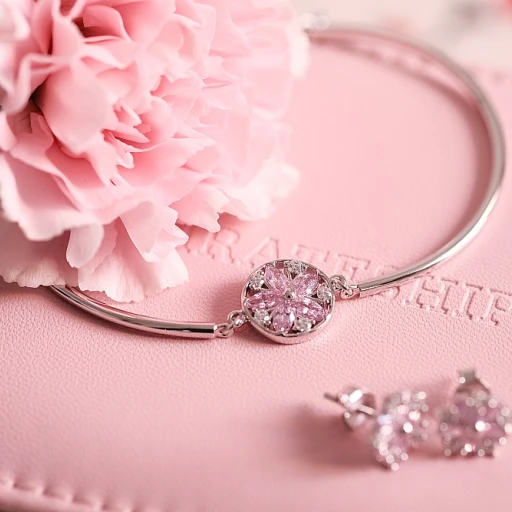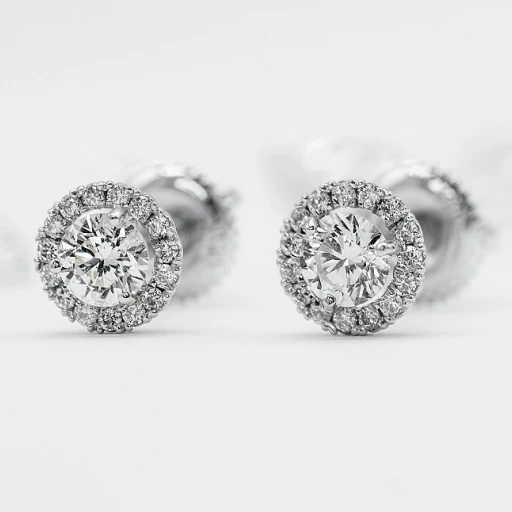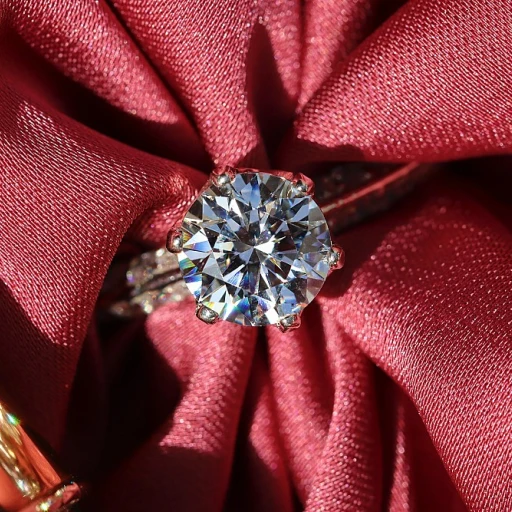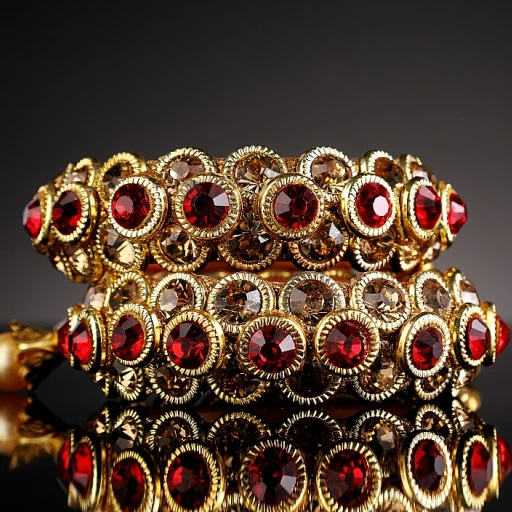
The Rich History of Turquoise in Jewelry
The Enduring Legacy of Turquoise in Ornamentation
Turquoise has been cherished as a gemstone for centuries, its mesmerizing blue-green hue captivating civilizations across the globe. Its rich color, often compared to the clear skies or calm seas, has been a symbol of protection and power, deeply embedded in various cultures. Native American tribes, particularly the Navajo and Santo Domingo, have an enduring history of crafting exquisite turquoise jewelry that includes necklaces, bracelets, and cuff items.
This historical connection adds a layer of authenticity and tradition to modern turquoise sterling silver collections, giving them a timeless appeal. The allure lies not only in the striking beauty of a turquoise pendant or beaded necklace but also in the story they tell — one that links modern wearers to ancient artistry.
Turquoise has maintained its status within the realm of fine jewelry due to its unique charm and versatility, allowing it to match both intricate designs and understated elegance. As you quick buy or plan your next turquoise necklace item, understanding its heritage can enhance your appreciation and investment.
Crafting Turquoise Necklaces: The Art and Skill
Mastering the Craft of Turquoise Necklace Creation
When it comes to fine jewelry, particularly turquoise necklaces, the artistry lies in a deep understanding and appreciation for craft. This craftmanship not only involves selecting the perfect pieces of turquoise but also ensuring that each necklace showcases the unique beauty of this exquisite stone. Here, we delve into the meticulous art that goes into crafting these timeless pieces. The process begins with selecting the right turquoise gemstones, often hailing from regions rich in turquoise deposits like the American Southwest. Navajo turquoise and kingman turquoise are renowned for their vibrant hues and intricate patterns, making them esteemed choices for artisans. Artisans often pair turquoise with sterling silver, creating a harmonious contrast that highlights the stone's striking blue tones. Whether it involves a single turquoise pendant strung on a delicate chain or a more elaborate beaded necklace, each element is selected with precision and care. The use of sterling silver not only adds elegance but also ensures durability, making the jewelry items like the pendant necklace and turquoise bracelet cherished heirlooms. Moreover, crafting turquoise necklaces also involves mastering techniques that have been passed down through generations. The craftsmanship of Native American jewelry, particularly from the Santo Domingo and other communities, has a significant impact on the styles and methods employed in creating turquoise jewelry today. For those interested in expanding their collection, vintage pieces offer a touch of history and are often sought after for their exquisite design and craftsmanship. These items, from cuffs to turquoise earrings, each tell a story of their own. In the realm of turquoise crafting, the diverse array of items—be it a bracelet, a necklace quick buy option, or a statement pendant—are all a testament to the skill and passion that transforms raw materials into beloved pieces of fine jewelry. For an insightful look at unique fine jewelry pieces, explore the intricate processes involved in creating exceptional jewelry. Such craftsmanship highlights the dedication and artistry that continues to make turquoise necklaces a staple of elegance and heritage.Identifying Quality Turquoise: What to Look For
Recognizing Genuine Turquoise: Insights for the Savvy Buyer
In the captivating world of turquoise jewelry, distinguishing authentic pieces can often present a challenge. The appeal of turquoise, characterized by its mesmerizing blue-green hue, has made it a sought-after component in necklaces, bracelets, and other adornments for centuries. Real turquoise is typically marked by its intricate webbing, also known as "matrix," which is a natural occurrence in stones sourced from renowned mines, such as Royston and Kingman. Navajo and Santo Domingo artisans often incorporate these unique stones into their collections, adding cultural richness to each necklace or cuff bracelet item. When purchasing turquoise, particularly if you are considering a beaded necklace or turquoise pendant, understanding the key attributes of quality turquoise is crucial:- Color and Veining: Real turquoise encompasses a diverse color palette, from the deep sky-blue shades attributed to the famous Sleeping Beauty turquoise to greenish tones found in other varieties. Uniformity in color is rare and, when present, can significantly affect the price.
- Texture and Finish: Authentic turquoise should feel slightly porous yet smooth. It's common to find it combined with sterling silver in Native American designs, creating stunning contrasts and accentuating the stone's natural beauty.
- Enhancements and StABILIZATION: Some turquoise undergo treatments to enhance its durability and color. While stable turquoise is perfectly acceptable, it's important to be aware of these modifications as they can impact the value.
Styling with Turquoise Necklaces: Fashion Tips
Elevating Your Look With Turquoise Elegance
Styling turquoise necklaces can be both a delightful and intricate endeavor, given the rustic yet regal aura they exude. Whether crafted with Kingman turquoise or the famed Sleeping Beauty variant, these pieces command attention without overwhelming your overall appearance. To embrace the vibrant blue and green hues of turquoise necklaces, consider:- Pairing with Sterling Silver: A classic combination, turquoise set in sterling silver embodies elegance. Complementing your necklace with a matching silver bracelet or a cuff can enhance the cohesive look. This pairing not only accentuates the turquoise's natural beauty but also plays well with various skin tones.
- Mixing with Other Jewelry: Turquoise can serve as the focal point of your jewelry collection or be a striking supplement. For a balanced effect, consider coupling a turquoise pendant necklace with understated silver or gold jewelry items.
- Integrating Cultural Designs: Navajo turquoise pieces carry traditional native American craftsmanship, offering not just style but a cultural narrative. Pair these with similarly inspired items, like a beaded necklace or a turquoise bracelet made by the Santo Domingo artisans, to underscore this theme.
- Color Coordination: Turquoise necklaces naturally stand out but can also be harmonized with your wardrobe. Neutral or earthy-toned attire allows the vivid turquoise shades to shine, while bold colors might create an energetic, contrasting look.
- Occasion Suitability: Whether you're sporting a vintage Navajo turquoise set or a modern pendant quick buy, understanding the context helps. Turquoise can transition from day to evening wear effortlessly, making it versatile for various events.
Caring for Your Turquoise Jewelry
Preserving the Beauty of Your Turquoise Gemstone
Keeping your turquoise jewelry looking pristine requires a bit of care and attention, but the rewards are well worth it. These brilliant blue gems, often set in sterling silver, exude a timeless elegance that is truly captivating. Firstly, remember that turquoise is a relatively soft gemstone, making it prone to scratches and abrasions. It's advisable to store your turquoise items separately from other jewelry pieces, such as a beaded turquoise necklace, a sterling silver bracelet, or a pendant. For your necklace collection, consider using a soft jewelry pouch or individual compartments in a jewelry box to keep items like your turquoise cuff bracelet and turquoise pendant necklace safe from any harm. Avoid exposing your turquoise pieces to harsh chemicals and prolonged direct sunlight as these can cause discoloration. When wearing your favorite turquoise necklace or vintage Navajo turquoise pendant, apply perfumes, lotions, or other beauty products before putting on the jewelry to protect the gemstone's integrity. When it comes to cleaning, be gentle. Use a damp, soft cloth to wipe down your turquoise jewelry pieces. It's crucial to avoid commercial cleaners which might contain chemicals that could damage the stone. Instead, stick to using a mild soap if necessary and rinse thoroughly with water, ensuring no soap residue remains on your cherished Santo Domingo turquoise bracelet or spiny oyster cuff. Proper care extends the lifespan of your treasured items, retaining their stunning appeal for generations. By following these simple steps, you can enjoy the timeless beauty and rich heritage of your turquoise necklaces and other jewelry, ensuring they remain a beloved part of your collection.The Ethical Considerations in Turquoise Sourcing
Understanding Ethical Sourcing of Turquoise
In the realm of fine jewelry, particularly with turquoise necklaces and bracelets, ethical sourcing has become an increasingly important topic. As a jewelry owner, ensuring that your pieces not only shine with beauty but also reflect responsible practices is crucial. The allure of turquoise, with its captivating blue-green hues, has a deeply rooted connection to Native American culture, especially amongst the Navajo. This historical significance adds an additional layer of responsibility when acquiring new items for your collection. A growing number of artisans and jewelry brands emphasize the importance of ethical sourcing. This includes transparency in the supply chain, fair pricing for artisans, and the responsible extraction of turquoise and other materials. Buying a turquoise pendant or bracelet that honors these ethical considerations not only supports sustainable practices but also upholds the cultural heritage associated with Native American jewelry.Key Considerations for Ethical Sourcing
- Traceability: Verify the origin of the turquoise used in the necklace or bracelet. Sourcing should be clear, from the mines (like those of Kingman turquoise or the coveted Sleeping Beauty) to the craftspeople creating the finished jewelry.
- Fair Trade Practices: Support brands that ensure fair wages and safe working conditions for their artisans, which is especially vital in communities like Santo Domingo or among Navajo creators.
- Environmental Impact: Opt for jewelry items that prioritize environmentally friendly mining practices. Open dialogue with the brands or artisans about their methods can offer insight into their environmental commitment.
